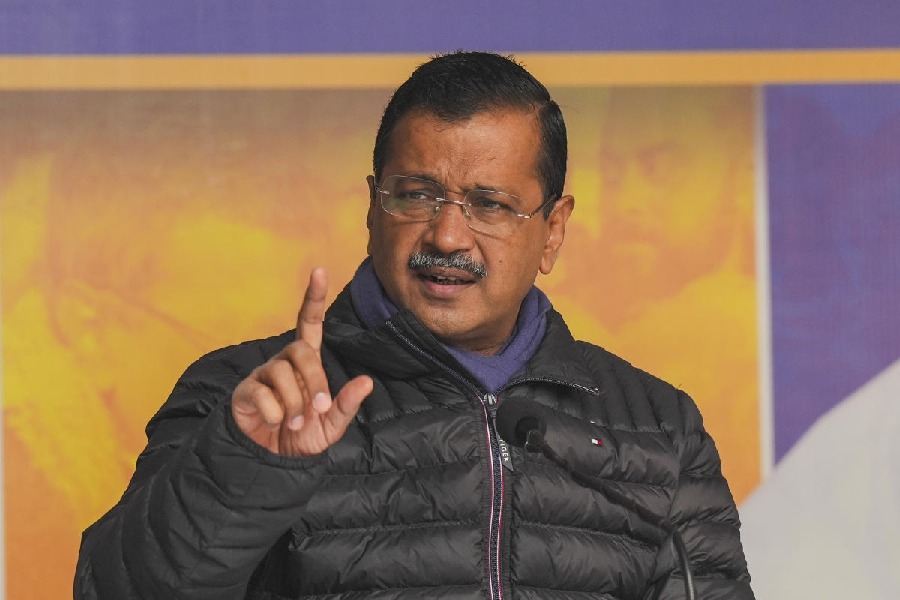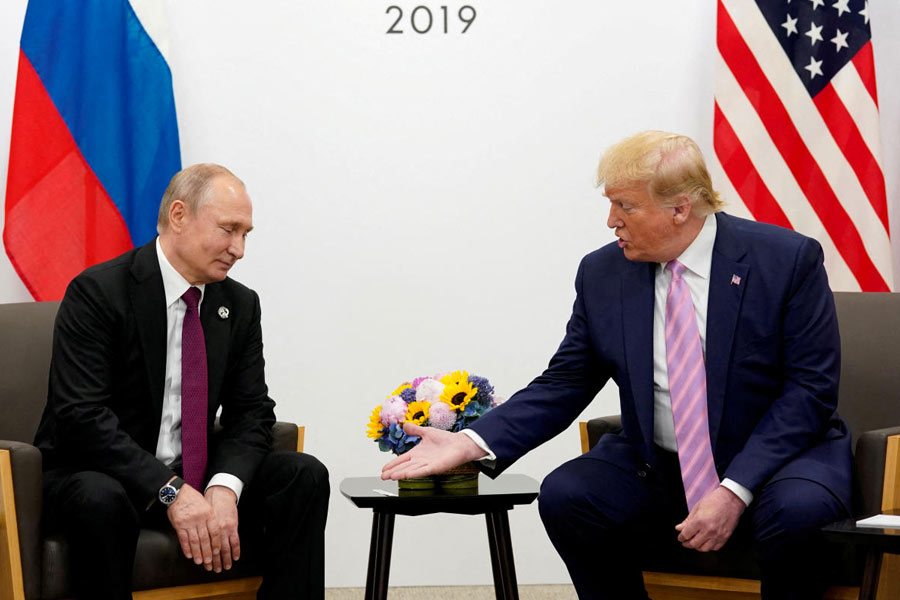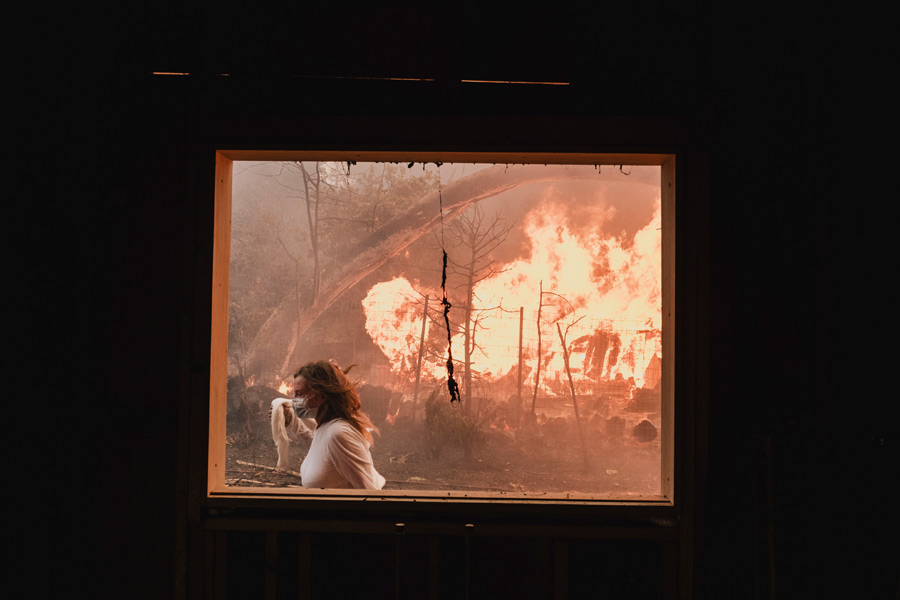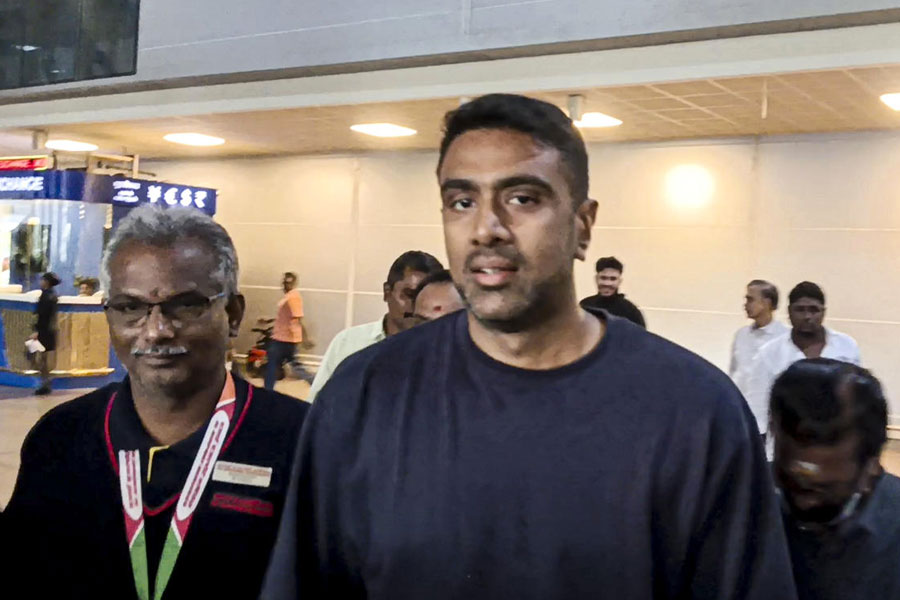The 16th edition of Apeejay Kolkata Literary Festival kickstarts today offering Calcutta meaningful conversations, insightful discussions and an ecosystem that enriches the soul. A dedicated section for children, copious amount of poetry and fiction, and non-fiction narratives will unfold and embrace literary enthusiasts on three days at multiple venues. As the action starts, we engage in a conversation with Priti Paul director, Apeejay Surrendra Group.
Apeejay Kolkata Literary Festival is in its 16th year. What are the emotions that dominate you when a new edition of the festival starts?
This festival is actually like a gift for the city. It’s to be enjoyed, it’s to be visited, it’s a place for gathering, for dissemination, for bubbling new ideas, and so many things. It’s not just about some people on stage talking down to the audience. The audience in Calcutta is very articulate, knowledgeable, well-informed and interested, more than any other place in India. Our team on the ground understands that really well. We worked very hard on bringing kids to the festival with Oxford Junior festival. You would be surprised to know that Oxford Bookstore does about 150 stalls per month at various schools. So we’ve been able to bring school-going children into our story, because the idea is to permeate all age groups and types and genres, and it becomes a festival that’s loved by the people of the city. And then it truly is a gift.
The festival has a dedicated section for children unlike other literary festivals....
When a child buys a book in India, especially in Calcutta, the whole family is involved in the decision. I grew up in Calcutta, and I used to go to the bookshop every week and my family would accompany me. So, I’ve also lived this story. Education is really important to the people of Bengal and to the people of Calcutta. Everyone wants to actually read physical books. I can say that from my own kids’ experience. They use an online software programme, but they prefer reading physical books. The junior festival is about a lot of storytelling, animation, cross discussion with literary luminaries like Madhurima Vidyarthi, Shobha Tharoor Srinivasan, Hemangini Dutt Majumder, Sutapa Basu and others. We want to engage with the audience.
We also have 25 Apeejay Anand Children’s Libraries, and we have one on Park Street. We work with a lot of street children and then we try to put them into normal fee-paying schools. So I think that children are very central to what we are doing. We are also reaching out to kids in the school and inculcating reading habits among them. So I hope with this new resurgence of teenage kids and school-going kids reading, that we can actually build on Oxford Junior more. I have another idea of mini festivals in the schools wherein we can even have sessions in the schools with authors.
Anything new that is happening this year?
Apeejay Lit fest is partnering with Alliance Francaise and Institut Francaise for many lovely things and the highlight being a restoration project of a building in Chandernagore. Afterwards, we will have a cafe with poetry, some books, maybe a place to stay… as a way of cultural sustainability. Through these projects, we want to serve and we want to support underserved areas of the industry. Everyone wants to promote award-winning Indian writers writing in English because it’s fashionable, they’re well marketed, they articulate and they’re best-selling authors. We want to bring attention to translated works. We have about 10 translations in the pipeline, from French into Bengali and Hindi. We’ve been working on them for one and a half to two years. It’s a big project and it’s a large body of works.
Poetry also has a dedicated section at the festival.
Poetry is always a way of seeing the world. So we have Chinmoy Guha, then there is Akhil Katyal, and Vinay Sharma to name a few. There are open mic sessions for young voices that’s very exciting and popular.
Let’s talk about the two very significant prizes that Oxford holds, the book cover prize and the art prize.
When we started, it was just a need. The people who were designing book covers were not recognised, though they play a large part in selling a book in India because the book cover makes a difference. Having the prize has made such a difference. For instance, one guy who won it, he had had 500 covers published and had never been acknowledged and now he’s a star in our festival. We wish to help push marginalised or under-representative or under-recognised areas of the book industry, of readership and viewership. I don’t only promote whatever’s already flourishing like everyone else.
In an art book cover, can you imagine the number of hours and hard work that goes into creating that because the whole art book is based on artistic merit. So, we extended it to the art book cover prize. The finale is like an evening of all art, artists, galleries, and people who are into this art space, which is not something particularly that a bookstore would actually focus on otherwise. Here, the jury’s criteria are to look into the originality of the content, if there is duplication, the photographs, and a whole lot of other things. It’s a detailed process.










